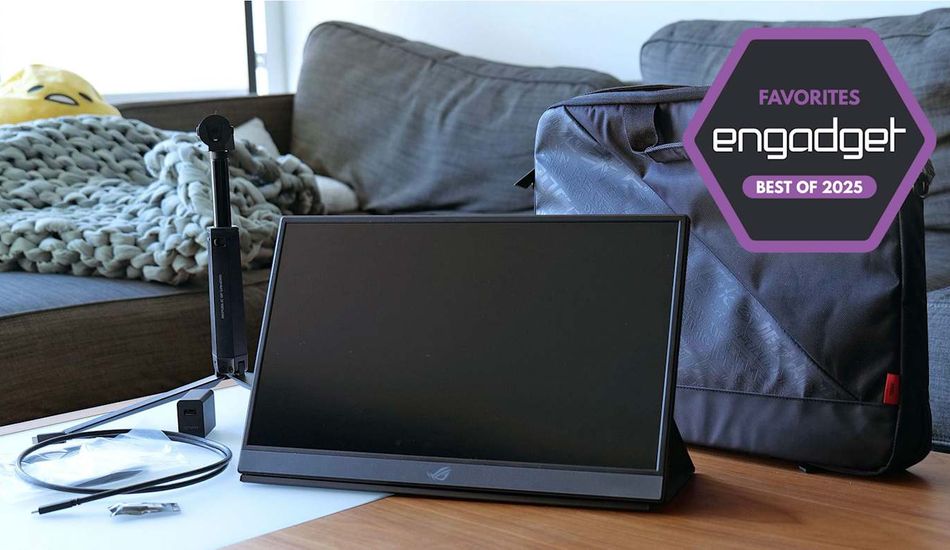
Portable Monitors in 2025: Your Guide to Choosing the Perfect One
Hey there, tech enthusiasts! If you're anything like me, you appreciate the convenience of having a second screen, especially when you're on the move. Portable monitors have become increasingly popular, and for good reason. They offer a simple way to boost your productivity or enjoy entertainment wherever you are.
Whether you're a digital nomad, a student squeezing in study sessions at a coffee shop, or just someone who likes to have extra screen real estate, a portable monitor can be a game-changer. These lightweight displays are designed to be easily transported, making them perfect for expanding your workspace without being tethered to a desk.
What to Consider Before Buying
Before diving into the specifics, let's talk about what to keep in mind when choosing a portable monitor. First and foremost, think about how and where you'll be using it. Are you primarily using it at home or for travel? Larger screens are great for home use, but smaller ones are better for portability.
Also, consider the screen size and compatibility with your devices. It's important to choose a monitor that works seamlessly with your laptop, tablet, or smartphone. For example, if you're an artist or content creator, you might want a monitor with higher brightness, HDR, and accurate color reproduction. On the other hand, if you're mainly working with spreadsheets, a basic plug-and-play monitor might suffice.
Key Features to Look For
When evaluating portable monitors, pay attention to specs like panel type, pixels per inch (PPI), brightness, refresh rate, and connectivity. Most portable monitors use IPS LCD displays, which offer good viewing angles and brightness. However, some high-end models feature OLED screens with even better color accuracy and contrast ratios.
Brightness is another crucial factor. I recommend aiming for at least 300 nits for comfortable viewing in most environments. Connectivity is also essential. Look for monitors with HDMI or USB-C ports (or both) to ensure compatibility with a wide range of devices. It’s great to see models that support pass-through power over USB-C too, because it simplifies your setup. Finally, while most portable monitors have a 60Hz refresh rate, gamers might want to opt for models with 120Hz or 240Hz for smoother gameplay.
In conclusion, when it comes to portable monitors in 2025, there's something for everyone. By considering your needs and preferences, you can find the perfect portable monitor to enhance your workflow and entertainment on the go. Happy shopping!
Source: Engadget